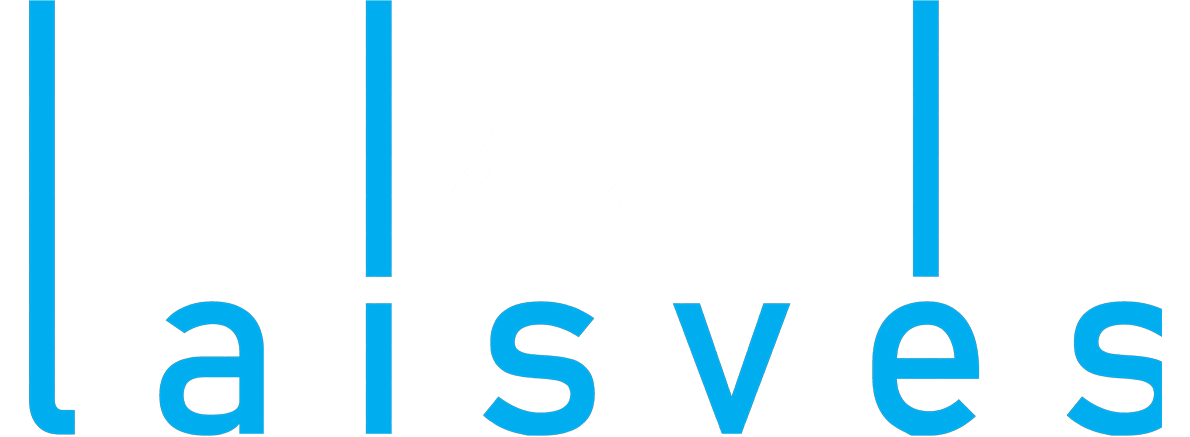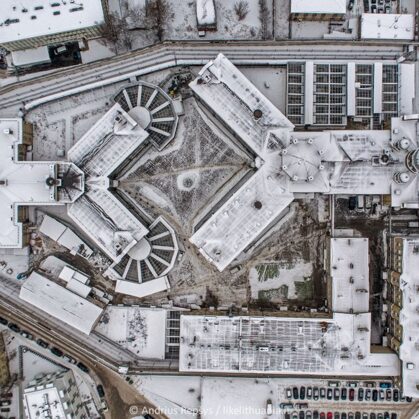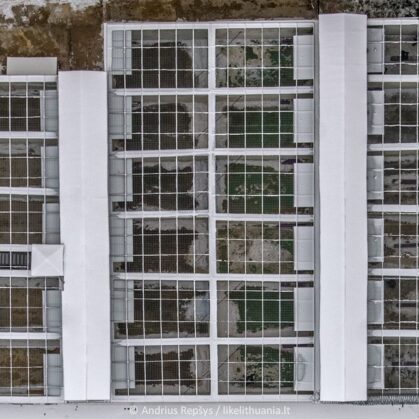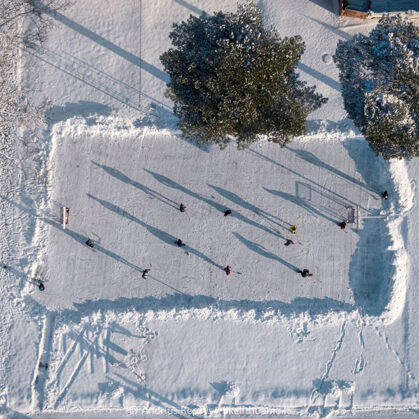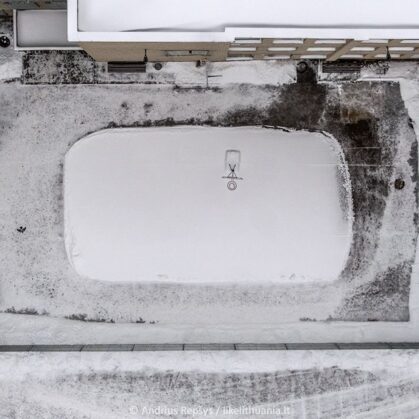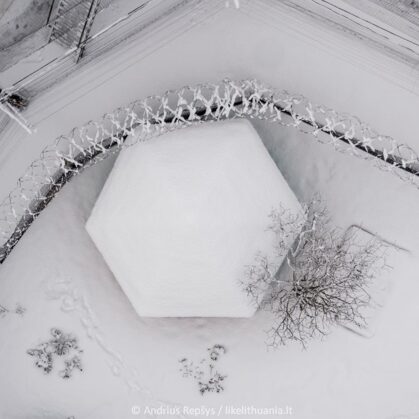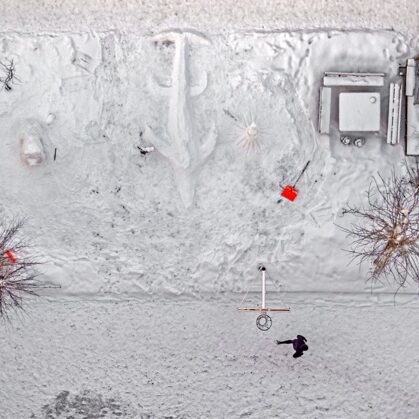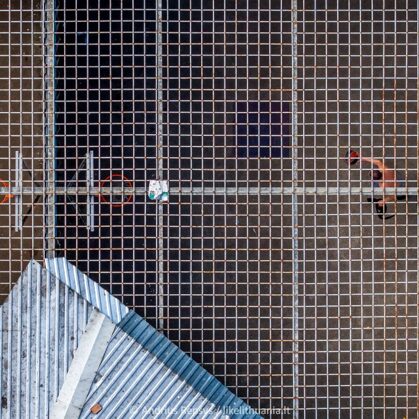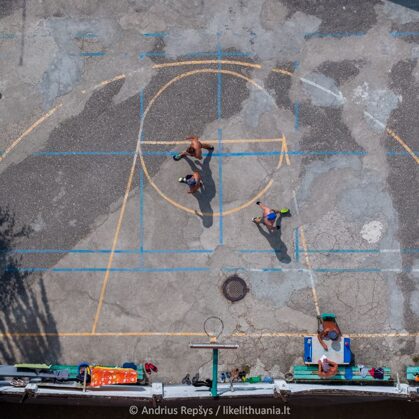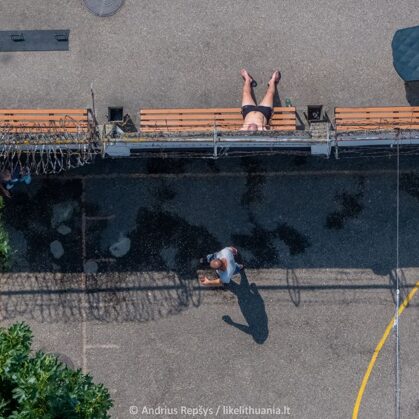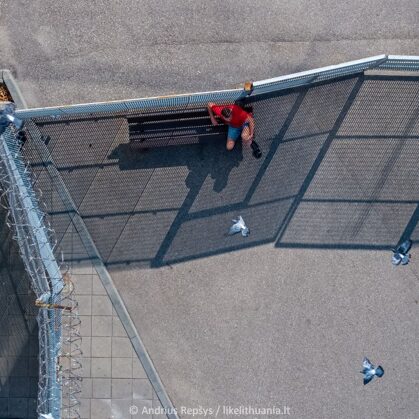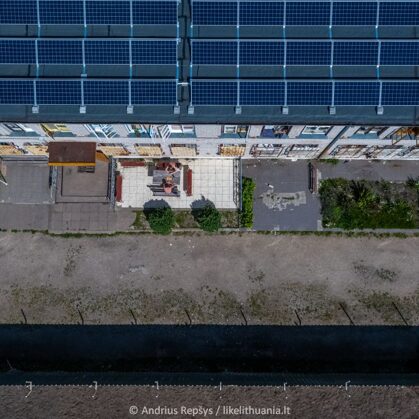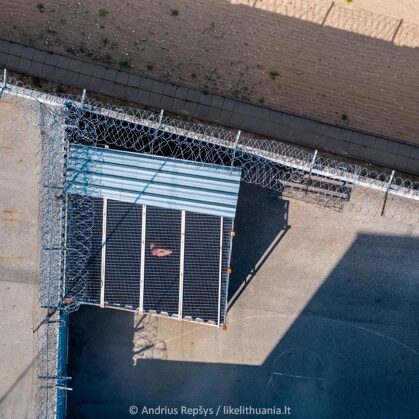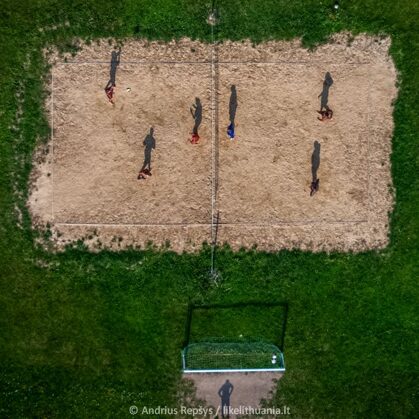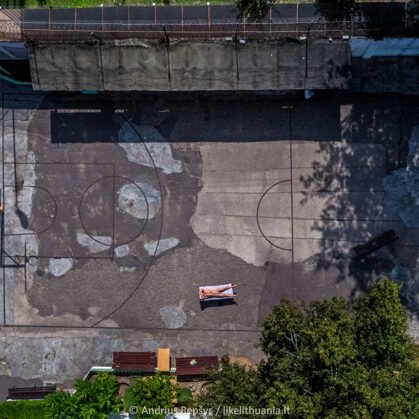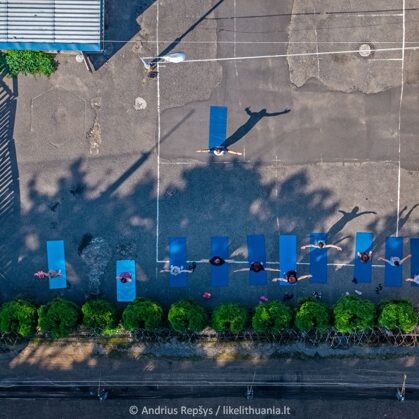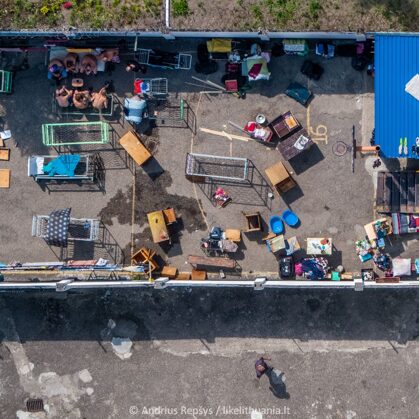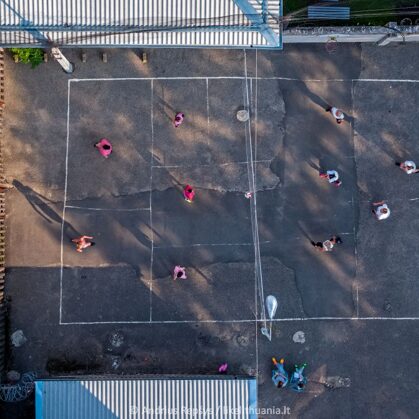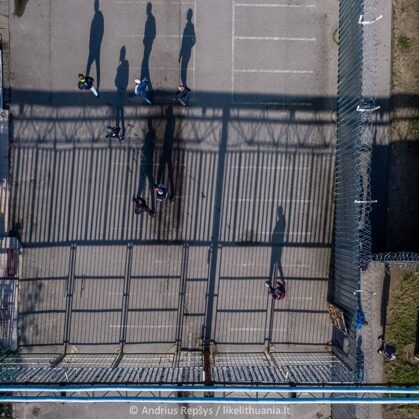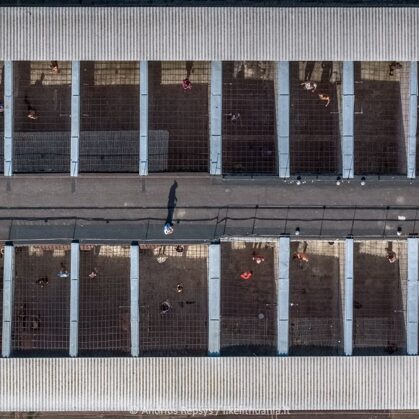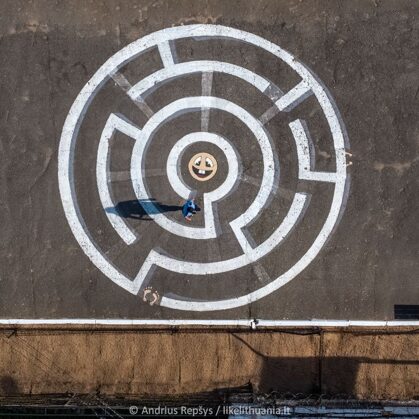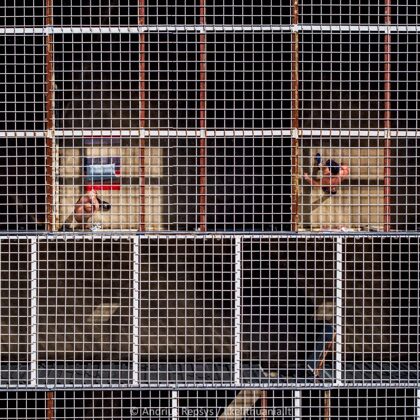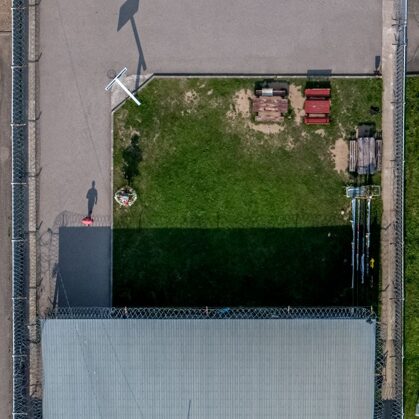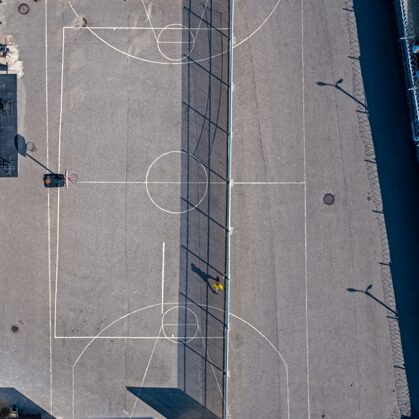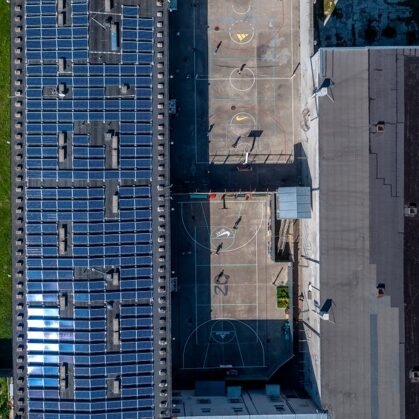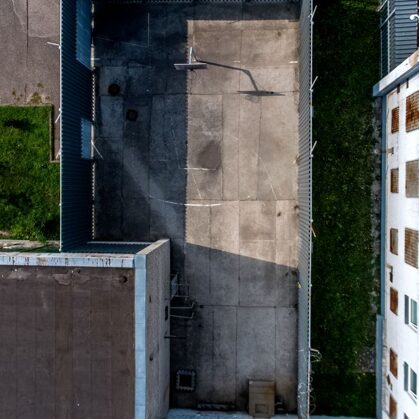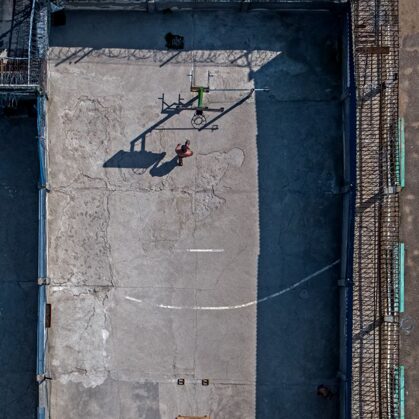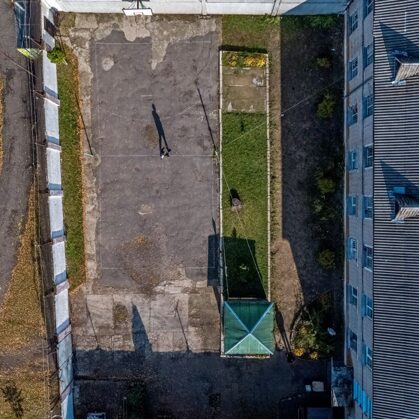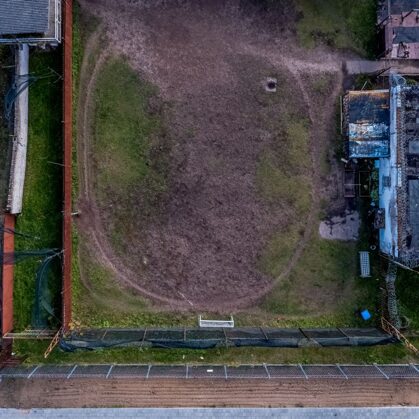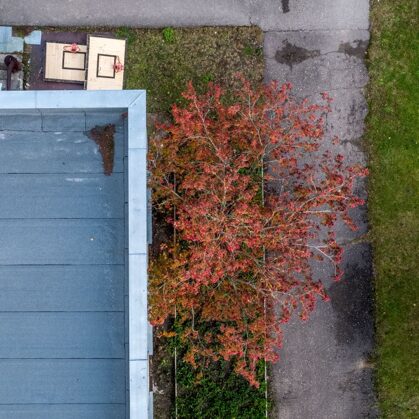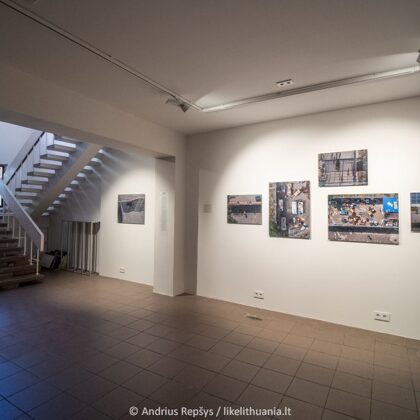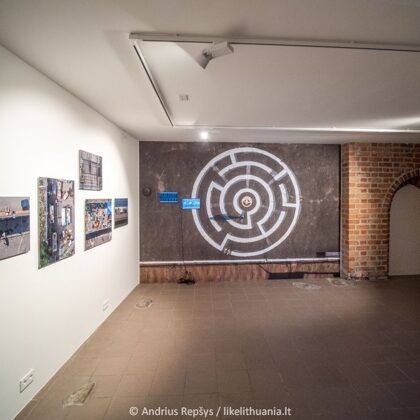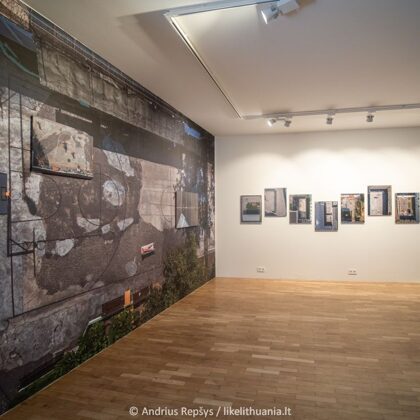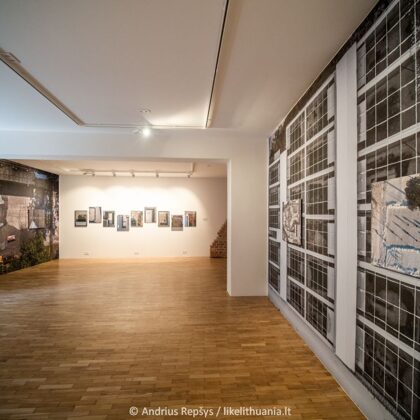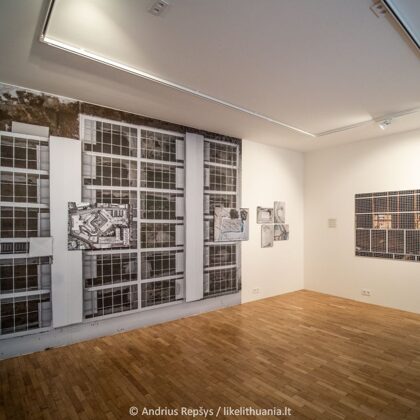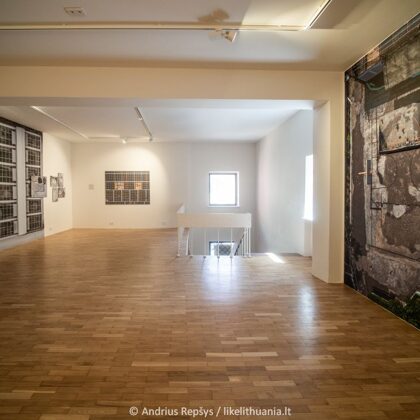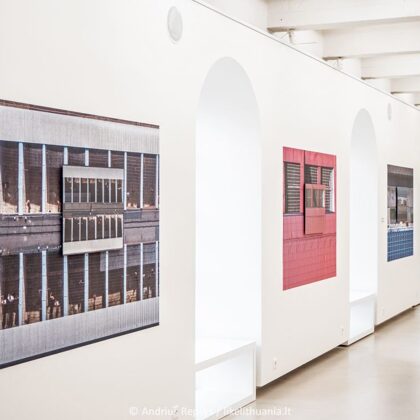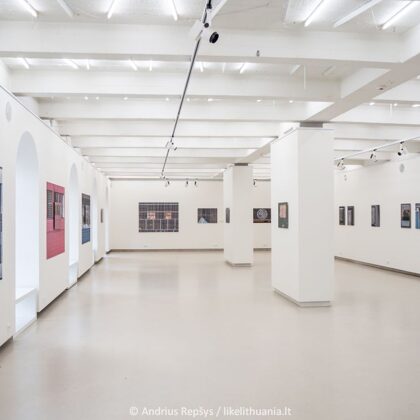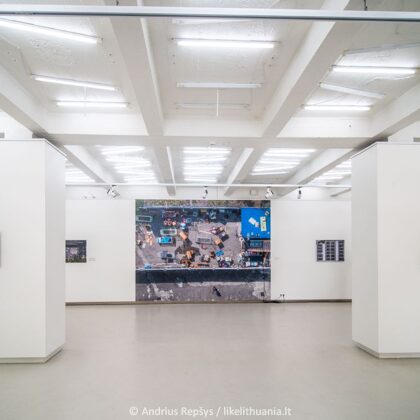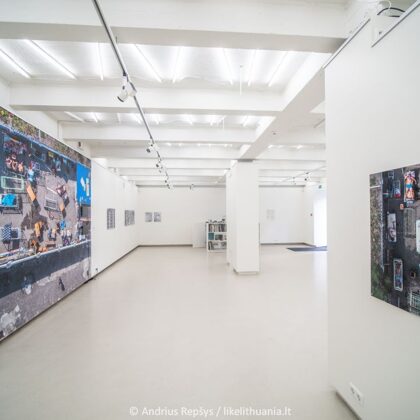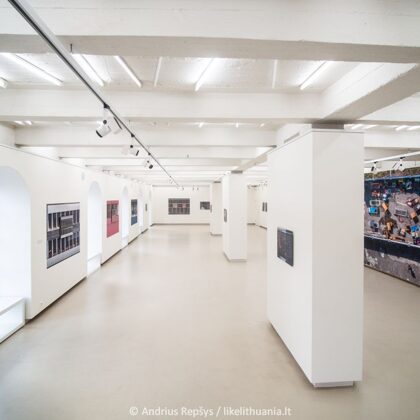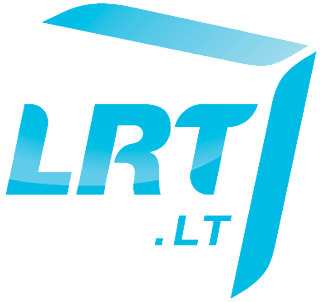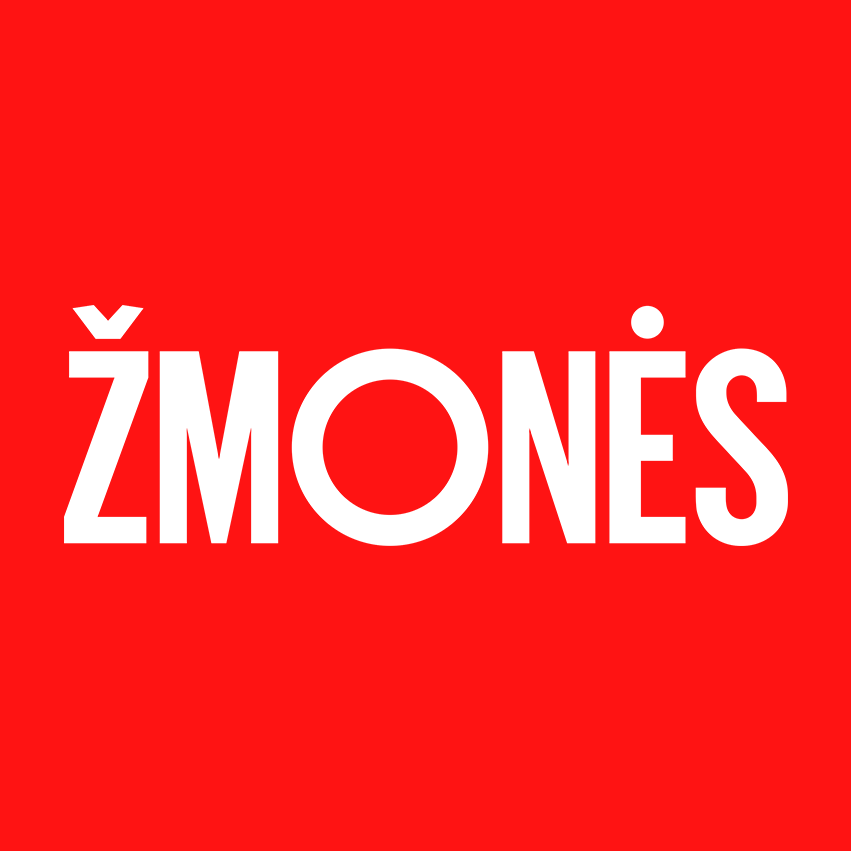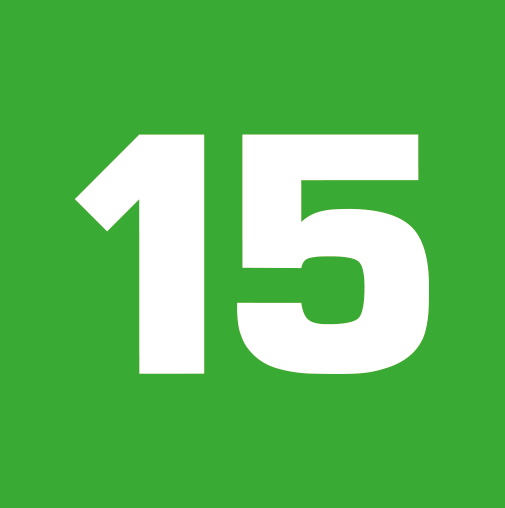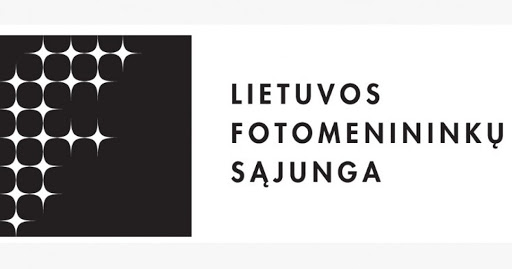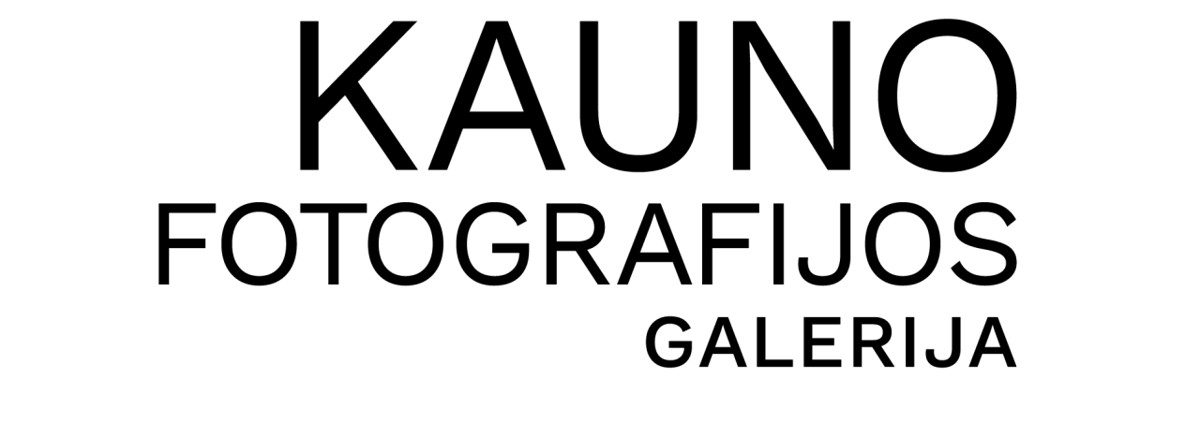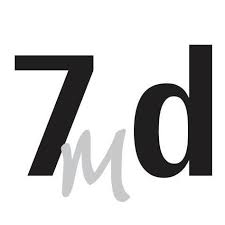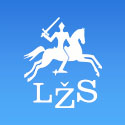4 m2 of Freedom
Vilnius Photography Gallery 2020 03 17 - 2020 04 18 (exhibition canceled due to COVID-19 quarantine restrictions)
Vilnius Photography Gallery
2020 05 12 - 2020 06 13
Kaunas Photography Gallery
2020 06 18 - 2020 07 19
Budapest International Foto Awards 2020, Bronze Winner in category Editorial-sports;
Budapest International Foto Awards 2020, Honorable Mention in category Editorial-Photo Essay;
Monochrome Awards 2020, Honorable Mention in category Photojournalism Professional;
Lithuanian press photography, 2020, nominee in category Photostory/Reportage
A unique photography project. I probably started a creative project that has never been tried in the world. No one has photographed prisons using a drone yet in order to create an artistic photography exhibition. The drone and the prison had only been linked by illegal transports before.
Even though in our society prison represents a place of deprivation of liberty, it seems to correspond to flight and symbolize freedom in the series of photographs that has been conceived as the opposite of everyday life. Photography from above can rapidly create a negative impression even though modern sports grounds can be seen from above. An oppressive mood is created by the realization that even in the case of a daily walk from wall to wall, every person needs activity. Notwithstanding the fact that prisons, as institutions, seem to mean public protection where prisoners are to be treated as misfits, we see small human figures that make up only the smallest part of the picture and are the owners of elongated titanic shadows - their souls that are larger than themselves. The shadows depict their desire to be free and show prisoners’ thoughts of freedom that cannot be imprisoned between walls or in people’s bodies. This is how existential and social exclusion issues are raised. The codes and markings in the photographs could be deciphered by reading the indirectly created graphic figures and shapes. But the question is, "Are we really the ones outside the borders and free?"
It is also a social project encouraging members of society, especially juveniles, to realize that crimes end with imprisonment and places for punishment are not filled with criminal romance and fun time.
Panoptic cartography
Andrius Repshys' multifaceted activity covers a wide field of photographic activity. He is one of the most active photographers, who has been creatively combining artistic, practical, and business initiatives in the field of photographic art and technology for two decades.
This artist is one of the first in Lithuania to purposefully strive for the mastery of drone photography. Its possibilities have only started being discovered and the boundaries of depiction and themes being expanded. Having previously had experience in aviation photography, Andrius Repsys gives new impulses to drone photography. He refines technique, optics, visual meaning, and seeks meaningful combinations of forms and unexpected sequences as well as thematic cyclicality behind aesthetic beauty.
The fact that Andrius and other photographers open to innovations are fascinated by the possibilities of drones should not come as a surprise- everyone has always dreamed of seeing the world through the eyes of God, a bird, or a dreamy flight. Therefore, the great innovator of photography, Nadar, dates back to 1858. He was one of the first ones in the history of photography who tried to capture an image of the earth from the sky from a hot air balloon. Nadar simultaneously developed photographic techniques and enthusiastically improved balloon flights. His creative passion combines photography, flight, and capturing images of the earth from an inhuman perspective.
This is a prospect of incredible and simply divine powers. Therefore, it was only with the invention of airplanes that it was very quickly expropriated by military intelligence photographers and used by the militaristic killing industry. Eyes raised to the sky today awake at the spikes of bomber missiles. Therefore, the aspiration of photographers to admire the unique perspective of the earth from the sky with disinterestedness is ambiguous. It recalls the danger of the power of this vision and, on the other hand, opens up the astonishing beauty of the world. With the development of drone technologies, the horizons of photographers are expanding, their visual culture is improving, and the resources of themes, compositions, and previously unseen optics hidden only in drone photography are being used more and more.
This is the beginning of a new art of video and photography. It will take us a long time to learn to see the world flying head down. Andrius methodically researches various "maps" of nature, architecture, urban spaces, and human mobility. This is his enthusiasm and the constant refinement of sight and thought for different optics of the earth. Most importantly, he does not stop hypnotized by the beauty of the earth from above.
The earth is not only beautiful- it has many paradoxes and hidden meanings. Some of them can only open up from above. It is very important to see them. This is exactly what Andrius succeeded in during his latest cycle of Lithuanian prison yards. In these photographs, two panoptic systems met fatally - the prison and the drone. These are the two means of control, biocontrol, tracking, and human dismay which acquire the principle of mirror reflections in Andrius' works and radically visualize the techniques of enslavement.
We observe closed, poor, and geometrically sharp prison courtyards that are once again imprisoned from above through the eyes of an impunity drone watching the banal daily life of the convicts. What has been hidden from us for many years by high barbed wire fences is freely viewed by drone flight today.
We are able to study various details of prisons, maps of space fragmentation and movement control, the life of prisoners, and their desire to tame the chamber space for their own needs. Inmates can only see the sky: they have no windows and do not have access to the horizon line. A prisoner may only face the flight of a bird or a drone at a glance. In this way the worlds of unlimited freedom and the optics of the imprisoned body intersect: these are the dramatic encounters.
On the other hand, there are other important and immediately unnoticeable messages in these photographs. If the drones have access to the innermost, everything else, more precisely, our private lives, courtyards and houses, rest areas and beaches, sex affairs in the nature, extreme deeds, and all other public passions potentially become the target of the drone. They fall into its sight and lose the privacy that is protecting the essence of the individual.
Moreover, drone optics signal the beginning of a new ethic in war and business, culture, and art. However, we do not know yet what ethics it is and what forms it will take. As always, artists come to rescue in such a situation. They research and experiment, offer futuristic scenarios, fantasize, and take risks. This opens up other routes for experiencing and understanding reality. They broaden the horizons and give us courage. We can indulge in the daily life of prison yards and empathize with the rituals of people trapped in the circle of eternal repetition. We can feel the omnipotent divine eye.
We are also given the opportunity to reflect on the expansion of universal voyeurism and the dangers of unclean pleasures. The celestial spectacle turns people into objects, targets, and schemes what makes them easy targets for optical missiles or drones-kamikazes.
In the field of art, drones are expected to face incredible prospects. This is related to the change of the boundaries of traditional visuals in the same way as in the works of Andrius Repsis and the robotic control of drones and similar to the case of Space Pixels technology where many drones move synchronously in the sky to create incredible kinetic and luminous sculptures or self-draw gigantic graffiti.
On the other hand, there is no need to rave about the advanced technology of flying robots. The endless possibilities also lie in the properties of a regular drone. The world is already quite different from above.
That is how you need to see it and only then we will spot new themes, provocative experiments, imaginative and unexpected images, and a bird in the eyes of criminal dreamily looking at the sky.
Virginijus Kinčinaitis

